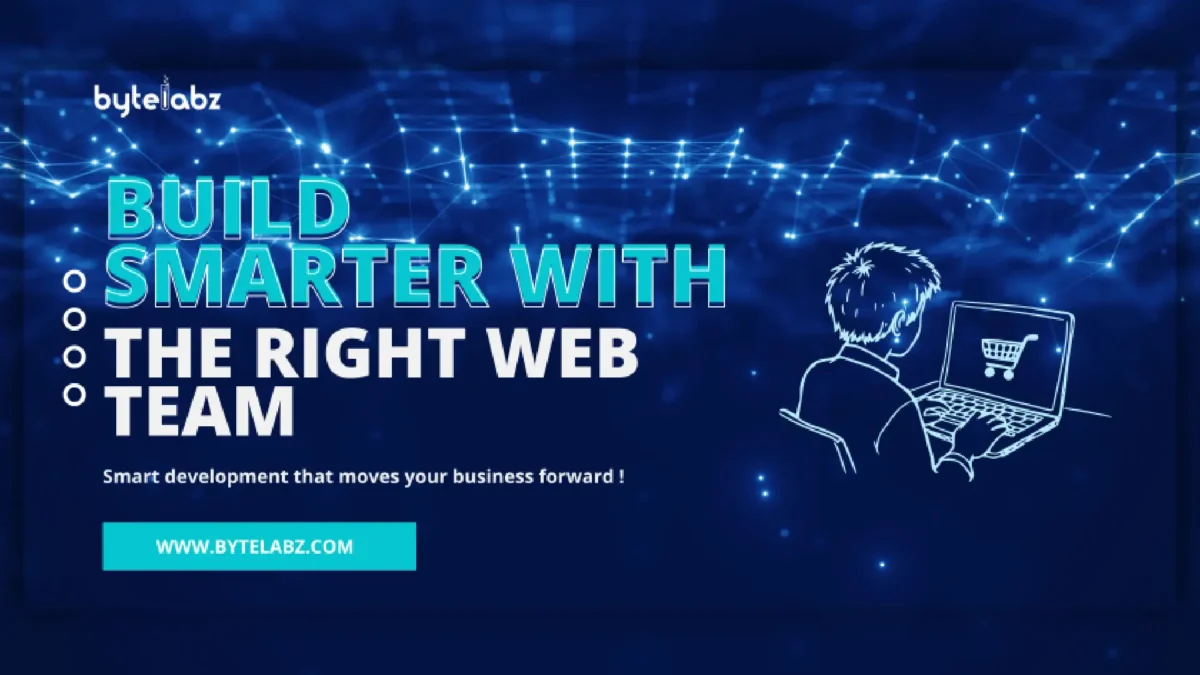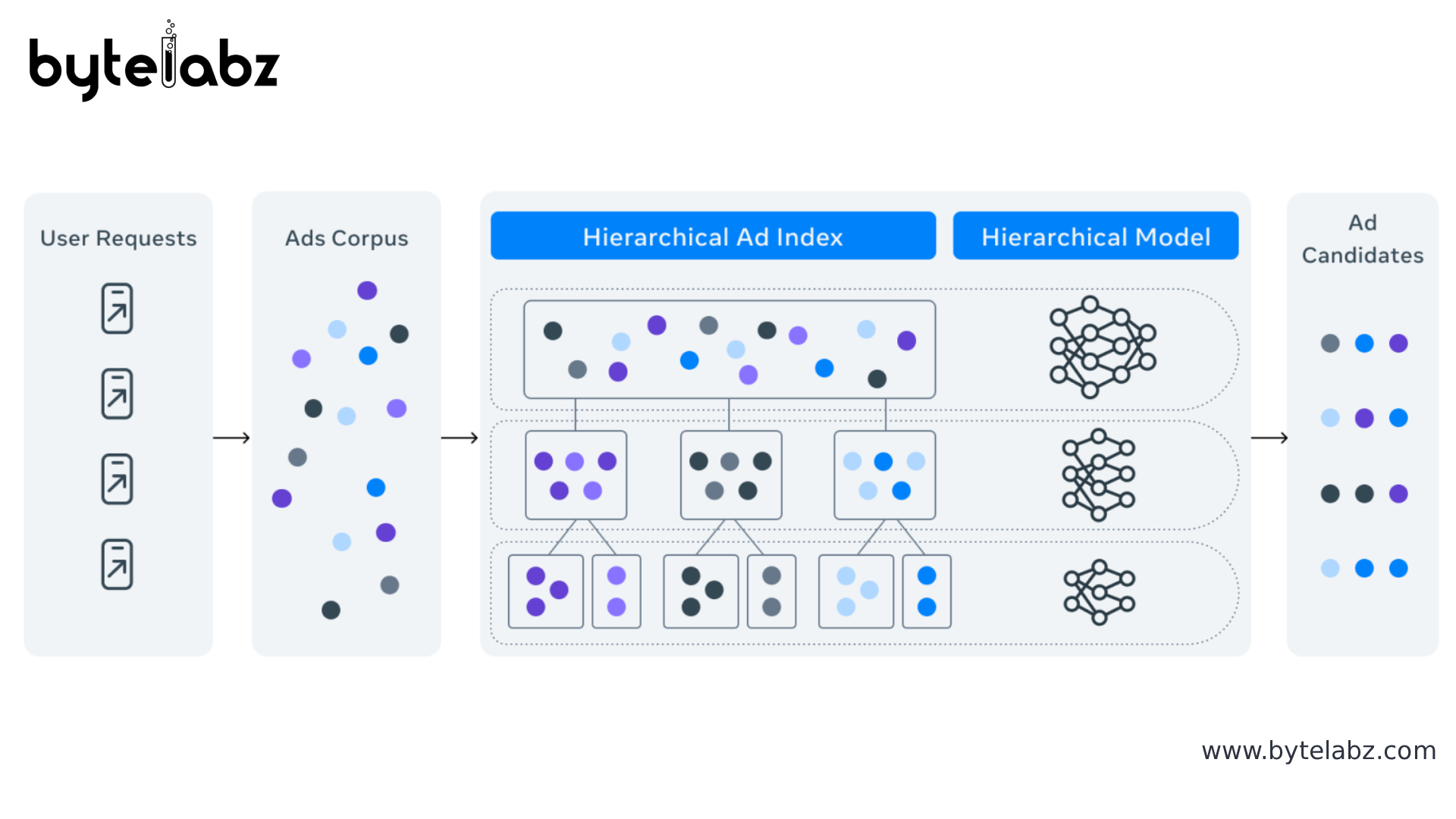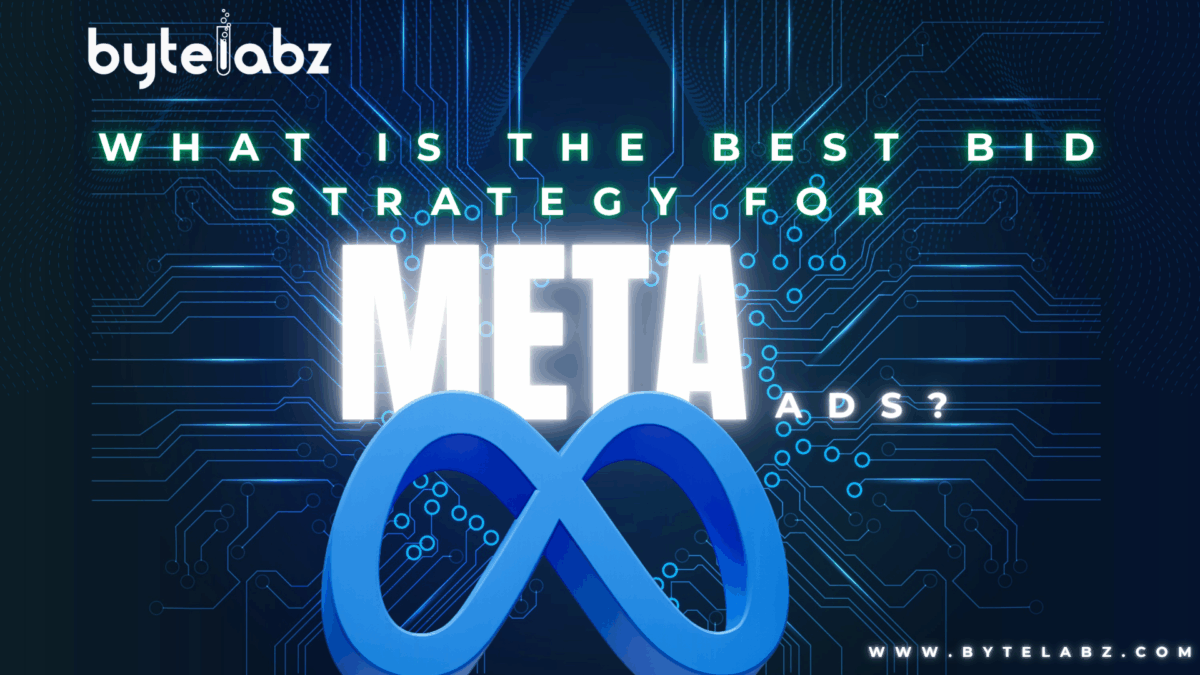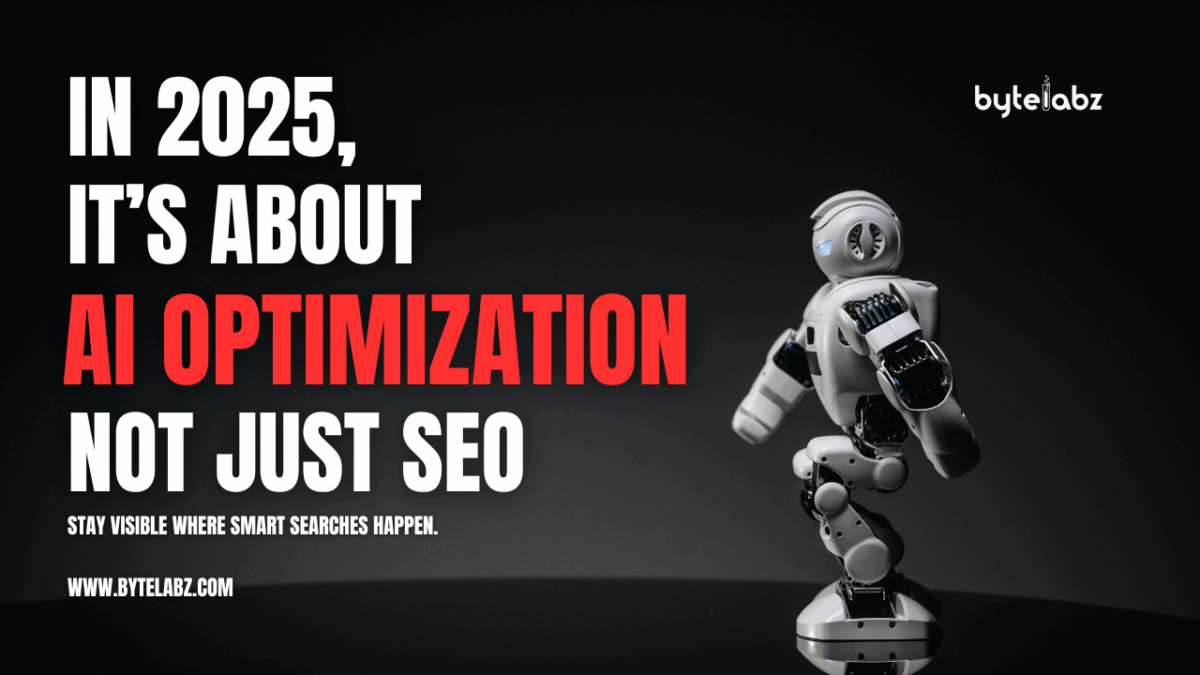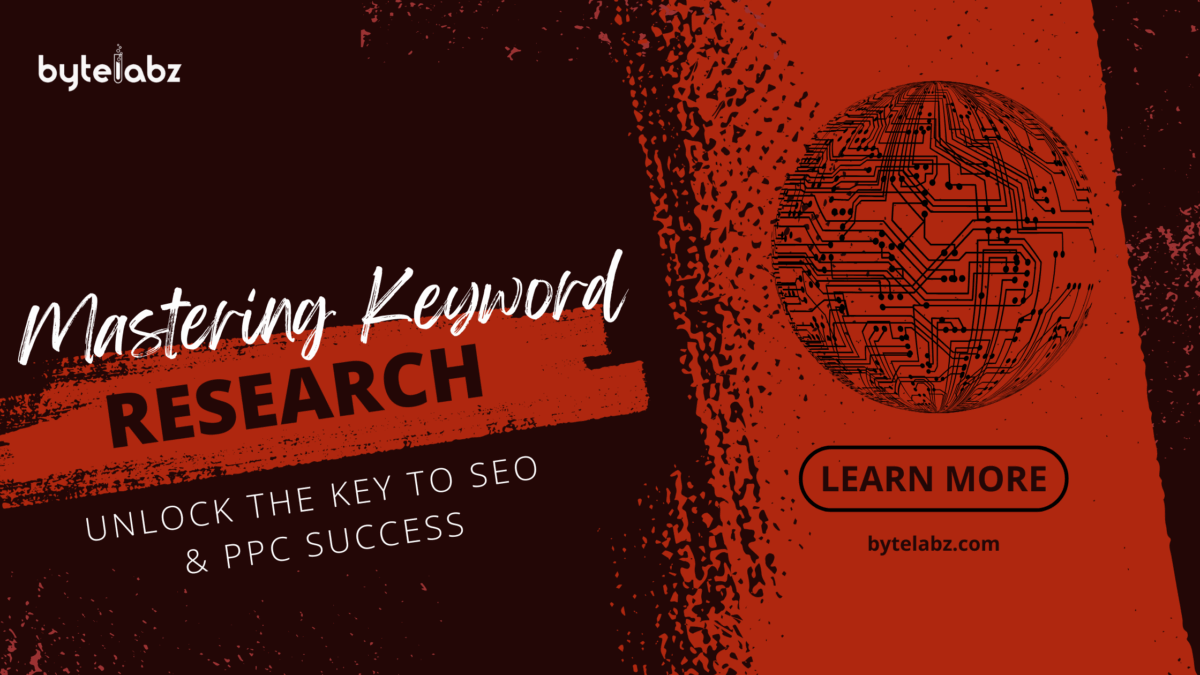What to Consider When Selecting a Web Development Company in Trivandrum?
A website is often where your customers first learn who you are and what you offer. For many businesses, that initial digital interaction can determine whether someone explores further or moves on. If you’re planning to build or revamp a website and you’re based in or near Trivandrum, choosing the right development partner is critical. Local agencies vary widely in approach, price, and expertise, so it’s worth taking the time to evaluate them carefully.
Here is a practical, refreshed guide to help you make an informed decision.
- Start With a Clear Vision of Your Project
Before you approach any firm, define what you expect from your website. This doesn’t need to be technical—it simply needs to communicate your purpose.
Clarify the following:
- What kind of site or application do you need? (Corporate site, blog, online store, user portal, custom platform, etc.)
- What functions should it support? (Payments, logins, dashboards, integrations, mobile usability, etc.)
- How do you expect it to grow? (Traffic size, additional features, user expansion.)
- What is your budget range and timeline?
A clear intent helps developers provide realistic proposals and makes it easier for you to compare options.
- Examine Their Portfolio With a Critical Eye
A company’s past projects often reflect how they think, how they design, and the standards they follow.
When reviewing their work:
- Look for variety—different industries and different project types indicate adaptability.
- Check whether they’ve handled anything resembling your vision.
- Explore live websites they have built, not just screenshots.
- Pay attention to the smoothness of navigation, responsiveness on mobile devices, performance, and overall aesthetics.
A strong portfolio demonstrates both competence and creativity.
- Check Their Technical Strength
Today’s websites must be secure, adaptable, and built with technologies that won’t become obsolete quickly.
Ask about:
- The coding languages and frameworks they use.
- Their comfort with platforms like WordPress, Shopify, Magento, or custom solutions.
- How they ensure site speed, browser compatibility, and accessibility.
- Methods they use to maintain security and prevent vulnerabilities.
- Their approach to future scaling—will your site be able to grow with your business?
Firms that stay updated with evolving tools are better equipped to deliver long-lasting results.
- Understand Their Process and Communication Style
Technical competence alone isn’t enough. Smooth collaboration is essential.
Evaluate:
- How they plan and structure projects.
- Which communication tools they use and how frequently they provide updates.
- Whether they encourage client involvement during design, testing, and iteration.
- Their approach to handling feedback or changes.
A transparent team reduces uncertainty and keeps the project aligned with your expectations.
- Assess Reputation and Client Experiences
A polished website doesn’t always reflect the real story behind client interactions.
To get a clearer picture:
- Review feedback on third-party platforms.
- Look for recurring themes—professionalism, timeliness, communication, support.
- Request references you can speak with directly.
- Pay attention to long-term clients; repeat business usually indicates reliability.
Real-world experiences provide insight you won’t get from marketing copy.
- Evaluate Pricing and Overall Value
Price differences among companies can be significant, so it’s important to understand what you’re actually paying for.
Consider:
- Their pricing structure (fixed, hourly, retainer, or blended).
- What exactly the quote includes—design, development, testing, revisions, maintenance, content, hosting, etc.
- Possible extra charges (modules, integrations, security updates).
- The long-term value: Will the website support your business goals effectively?
Cheapest options are often cheap for a reason, while the costliest proposal doesn’t always guarantee exceptional quality. Aim for a balanced, transparent offer.
- Think About Long-Term Growth and Support
Your website is not a one-time project. It will evolve as your business evolves.
Look for a company that:
- Writes clean, structured code so updates are easier.
- Builds on scalable architecture.
- Provides ongoing maintenance and prompt technical support.
- Keeps up with new design trends, SEO standards, and technological updates.
A long-term partnership with the right team can save time, money, and frustration over the years.
8. Why Working With a Local Trivandrum-Based Company Can Help
While remote companies can deliver excellent outcomes, a local partner offers unique advantages:
- Faster communication due to shared time zones.
- Increased familiarity with Kerala’s digital ecosystem, local users, and payment preferences.
- Easier collaboration through occasional in-person meetings.
- Better understanding of local business culture and expectations.
For many businesses, especially small and mid-sized ones, these benefits create smoother, more productive working relationships.
- Watch Out for Warning Signs
During your evaluation, stay alert to potential issues such as:
- Absence of verifiable past work.
- Generic template-based designs that lack customization.
- Vague answers when asking about technology or processes.
- Extremely low quotes that promise fast delivery with unrealistic timelines.
- No commitment to maintenance or support after the website goes live.
- Outdated design trends or reliance on obsolete tools.
These are indicators that the project may not meet professional standards.
- Key Questions to Ask Before Finalizing
You can use this questionnaire to compare multiple agencies:
- Can you share some live projects similar to what I’m planning?
- What technologies do you recommend for my website, and why?
- How will the site be optimized for mobile use?
- How will you update me on the project?
- What happens once the website is launched? Do you provide upkeep?
- Are there any additional costs beyond the main quotation?
- How easily can the site be expanded later?
- Can I speak with one or two past clients?
- What procedures do you follow for security, testing, and performance checks?
The way a company answers these will reveal a lot about their professionalism.
Selecting a web development company is fundamentally about choosing the right partner—one who understands both your goals and the digital environment you operate in. By defining your expectations, evaluating technical expertise, assessing communication, reviewing client feedback, and considering long-term scalability, you can choose a team that supports your business well into the future.
If you’re in or around Trivandrum, these guidelines will help you identify a web development partner who understands not only modern web standards but also the nuances of the local market.
If you’d like help refining your requirements or comparing agencies, Bytelabz can assist you in shortlisting options aligned with your objectives.


